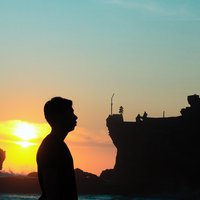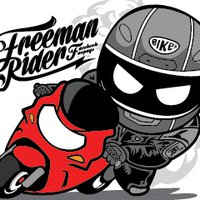
The microcosm is featuring the Circular Economy
Japan is a country with one of the world’s fastest growing economies and it’s featuring a Circular Economy.Circular economy is open-source and open-innovation, it involves endless possibilities to create a thriving economy.
Under this context, Awaji Youth Federation serves as a platform to exchange numerous successful cases studies that have been running in different countries with different personal stories and motivations behind to awake your interest in a sustainable path towards Circular Economy.
Among their efforts, fellows from the Agripreneurs Team are developing a project to test the use of algae as biofertilizer counting as a main goal to promote organic pharming practices in Awaji and engage youth to continue with implementation of new initiatives that combines traditional practices with and new technology and research.
Gehad Hussein from Egypt , 2nd Generation Fellow , shared her passion about Biotechnology :
“The career path of Biotechnology has taught me how to use microorganisms for the benefit of humans, following the green utopia to reduce the negative impact of climate change”.
After listening carefullyto Gehad’s words kept resonating on me while I was walking around the empty streets of Awaji – with a curious heart and mind - I started thinking how to better use the public space and incorporate creative practices in this beautiful island.
So, I started imagining about the Sustainable Fashion Week in Awaji , to attempt to shape mindsets, rethink the way the stakeholders operate and introduce behavioral change in one of the world’s most linear sectors which is the fashion industry.
Worldwide there are several initiatives that addressing this challenge which are using fabrics made from prokaryotes, fungi, and cell cultures could be the solution for environmentally friendlier wear , innovating in a sustainable way the fibers and pigments of the fashion industry, the microcosm is offering solutions to turn sugar into colors to change both the production , consumption modes and its further impact in climate change.
According to the fashion designer Suzanne Lee: “Advances in biological science over the past few decades, particularly in genetics, have started to open the way for new kinds of less harmful materials: biofabricated textiles made from living microorganisms or cells. Some examples include fibers made from genetically modified yeast, leather made from lab-grown cells, and fabrics sewn with bacteria inside them”.
These cases are just a sample of the many projects which are developing in Awaji under a scope more system-thinking and regenerative approach. Awaji Youth Federation is always on the lookout for more projects and global leader who are doing the same to share successful stories, stimulate best practices, collaborate and challenge existing models encouraging a more effective, long-term creative economic growth that can foster creativity and innovation. By building a gap in interdisciplinary research, shortening the distance between Academia, the Private and Public sector and local citizens.
Awaji Island is pleased to welcome architects, designers, artists, engineers, scientists, conservationists, digital nomads, craftsmen or basically anyone with great ideas from around the globe to take part in the challenge of a Sustainable Society, turning the case studies from Japan Rural Areas to the world.
Rosakebia Liliana Estela Mendoza
Saturday, August 10, 2019 8:56 PM










![Cover [Japan] [Osaka] 8 Days, 8 Cities: Exploring Kansai and Beyond (Osaka...](https://asset.readme.me/files/57012/thumb.cover.jpg?v=90ae4159)






